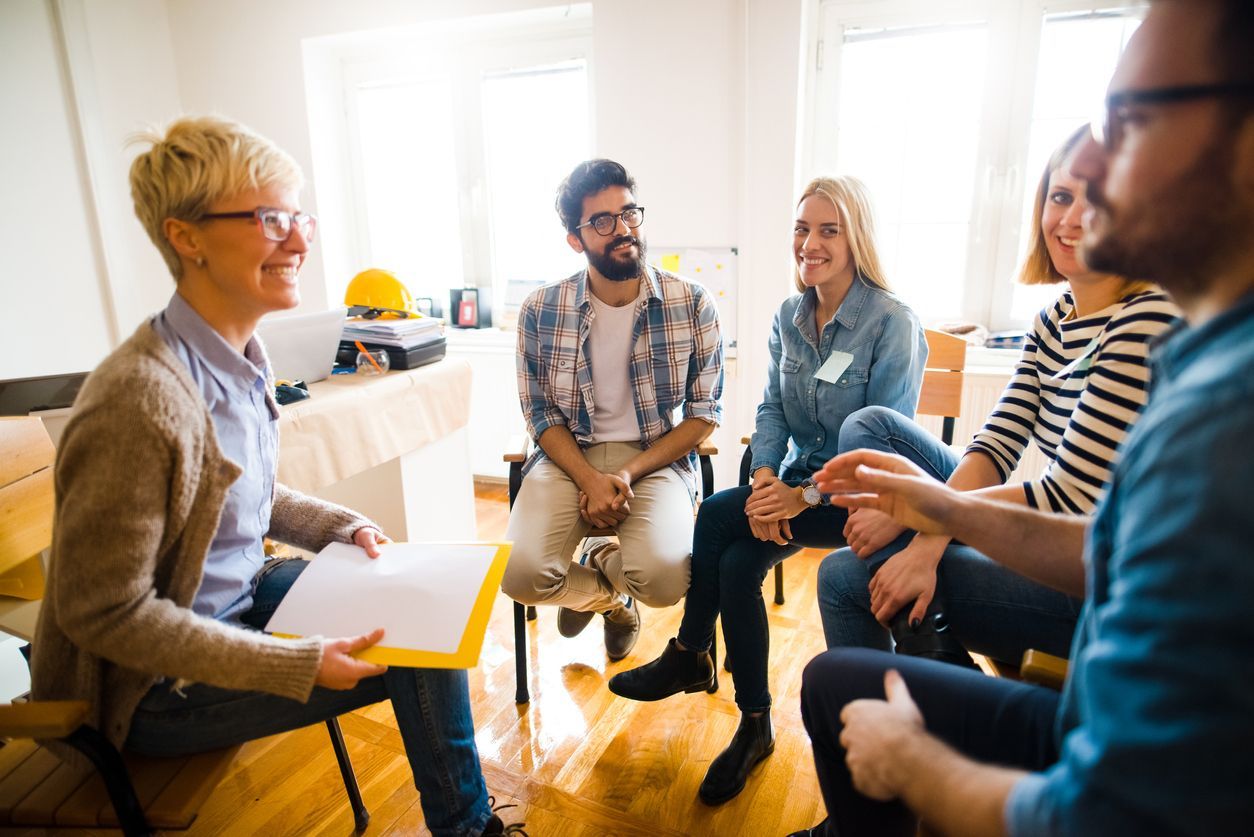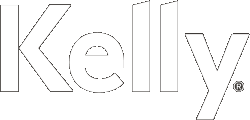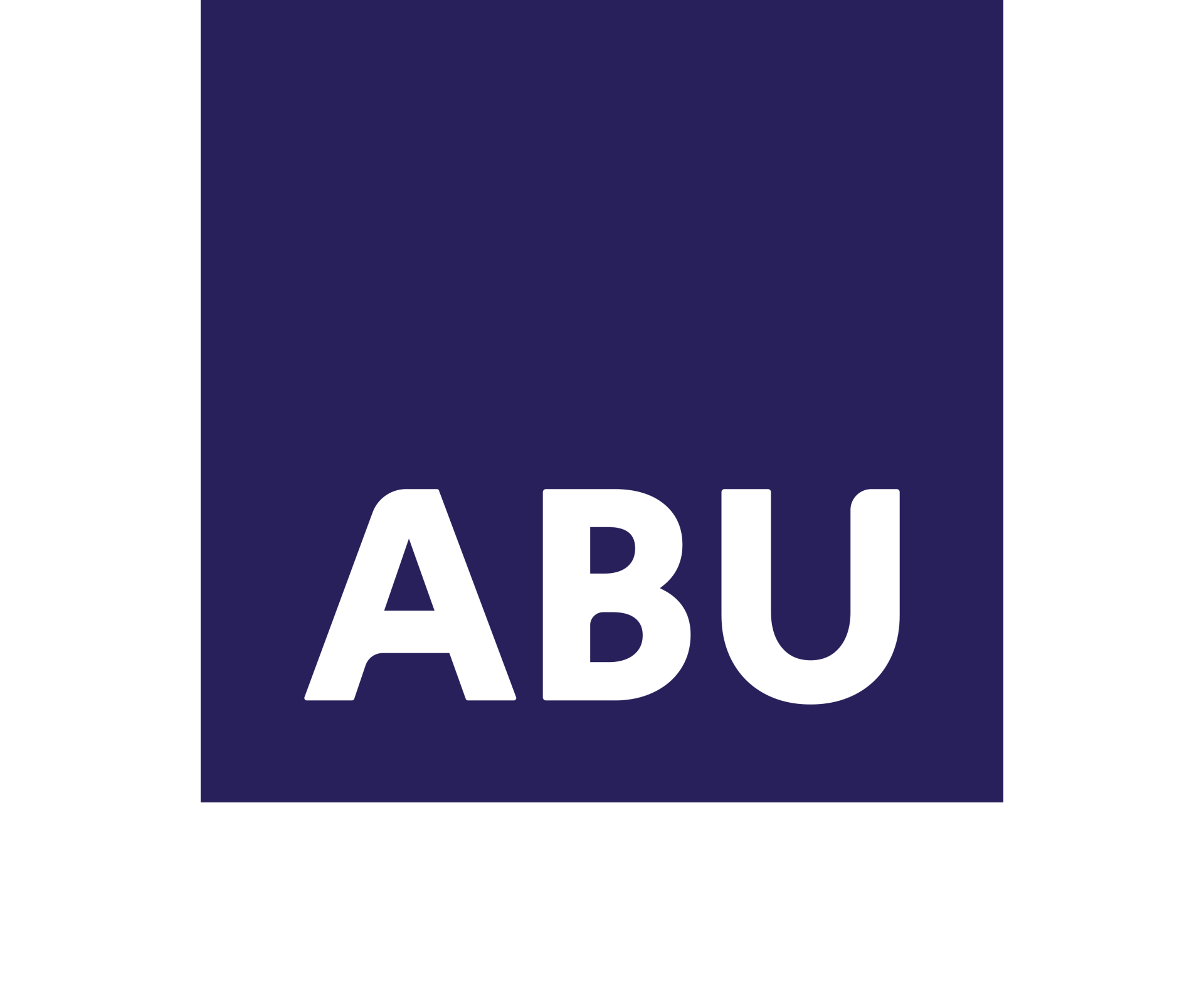Do Your Diversity and Inclusion Efforts Include People with Disabilities?

Feb 27, 2021
Businesses have long been drivers of social change. Across the globe, companies have begun acknowledging vital challenges and injustices such as climate change and pay gaps. Diversity and inclusion is one such defining issue, and, although huge progress has been made towards equality across boundaries of gender, race and sexual orientation, one aspect of D&I is too often neglected: disability.
The UN Convention on Rights of Persons with Disabilities defines those for whom it advocates as “people who have long-term physical, mental, intellectual or sensory impairments which in interaction with various barriers may hinder their full and effective participation in society on an equal basis with others.”
If your company wants to show the world that it truly sees the value in everyone, there are plenty of steps leaders can take right away to improve disability inclusion in your hiring processes, in the accessibility of your workplace, and in the products and services you offer.
Be open to potential employees.
Start by understanding the barriers that discourage people with disabilities from applying to work for you – e.g. application format, online accessibility, and even the language of job descriptions. In some cases, companies will include generic requirements for physical tasks, such as driving, typing, lifting, or the ability to sit for long periods, even if the role does not actually demand them. These are coded descriptions that weed out anyone with a disability at the first step. Standard in-person interview practices can also disadvantage those with disabilities, and bias often creeps into hiring decisions.
Create accessible workplaces.
In order to retain employees, accessibility and inclusivity must extend beyond the recruitment process. People with disabilities need to feel included in and comfortable with their physical working space, and office design needs to take this into account.
Peter Grauer, chairman of Bloomberg, said on stage at Davos this year that in the last 12 months Bloomberg has ensured that its 4.5 million square feet of real estate around the world is accessible to those with disabilities to ensure all colleagues can come to work every day. It has already rolled out disability awareness training to 1,000 of its 18,500 employees will bring the program to 6,000 team leaders and managers by the end of 2020.
From the physical environment to work-day structure and technology, there are several ways to broaden accessibility.







